Chop, Chop! These Are The 7 Flowering Plants You Should Cut Back In August For a Fabulous Late Summer Flush of Blooms
Cool cuts in the height of summer can guarantee another dazzling rush of color. Here are 7 plants to cut back in August to get beds and borders ablaze with fresh blooming frenzy
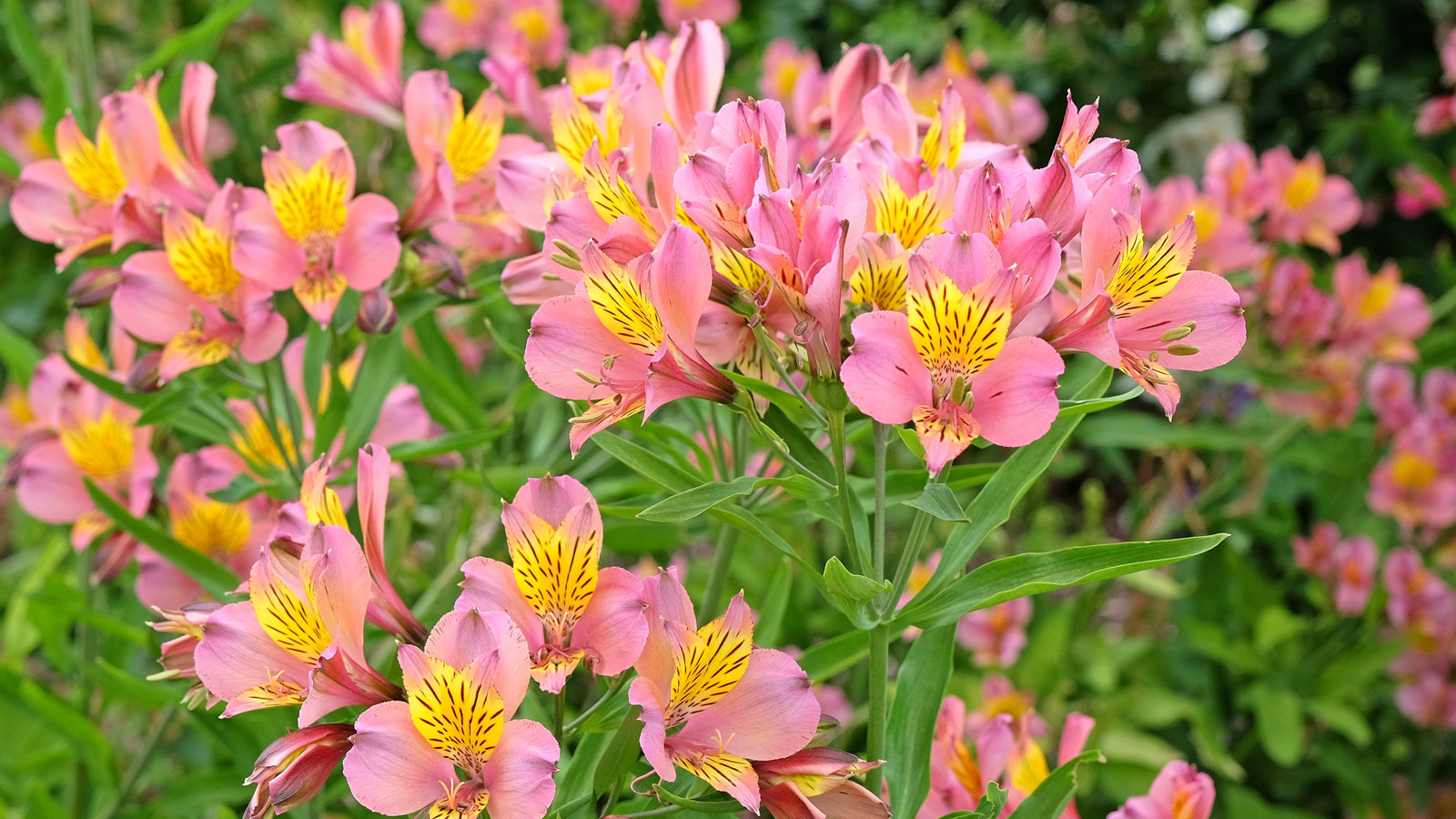

Amy Draiss
August days in the garden bring out the lounge lizards in us all – flopping into sun loungers and snoozing in the sunshine as we admire our floral successes. Trouble is, midsummer can coincide with a period where certain plants are also starting to flop. Where just a week or two earlier, they were showcasing their blooms all over your beds and borders, August can see several flowering perennials suddenly looking tired.
But wait – just because these flowers are fading, that doesn’t mean you can't have more. Pick the right plants to cut back in August, and you’ll rejuvenate some of your favorites into a second flush of flowers that can take you comfortably through to autumn. It does mean you might have to abandon the sun lounger for half an hour – but honestly, it’s worth it.
Cutting back flowers in summer that are past their prime can often give you a free pass to a second wave of abundant blooms, bringing sleepy borders back to life well into the fall. Here are 7 key flowering plants that you can cut back or prune for another burst of flower power.
Plants to Cut Back in August for More Flowers
Depending on the flowering plants in question, making time for some summer slicing has a few benefits beyond repeat blooming. As well as rejuvenating the blooming potential of certain plants, it also contributes to overall health. Clearing away worn-out foliage and spent stems as well as faded flowerheads all impacts the vitality of these summer blooming plants. The right cuts on the right plants also gives you a chance to make things generally neater and fresher around the edges of your garden.
Some of the longest living perennials benefit from either a well-selected trim up top, or a hard prune to startle the plant back into growth. Just make sure you combine your cuts with a good watering and a little aged compost to nourish your newly shorn plants. Keep them topped up with regular watering in the days after your summer cuts to help them hit their second stride as quickly as possible. Give it a few weeks, and you’ll be admiring your favorite bloomers from your sun lounger all over again.
To guarantee a second blooming in late summer and fall, you just need to pick the right flowering plants to crop and chop – and some good cutters for the task. You should be fine with bypass pruners (secateurs) or utility shears, depending on the amount you need to cut back and the precision of the cuts you need to make. To chop soft stalks that are less than pencil thick, the Spear & Jackson Vintage Bypass Pruner & Snips, available at Amazon, have a lovely action and a comfortable grip. Once you've got your snipper of choice, you're good to go!
1. Hardy Geraniums
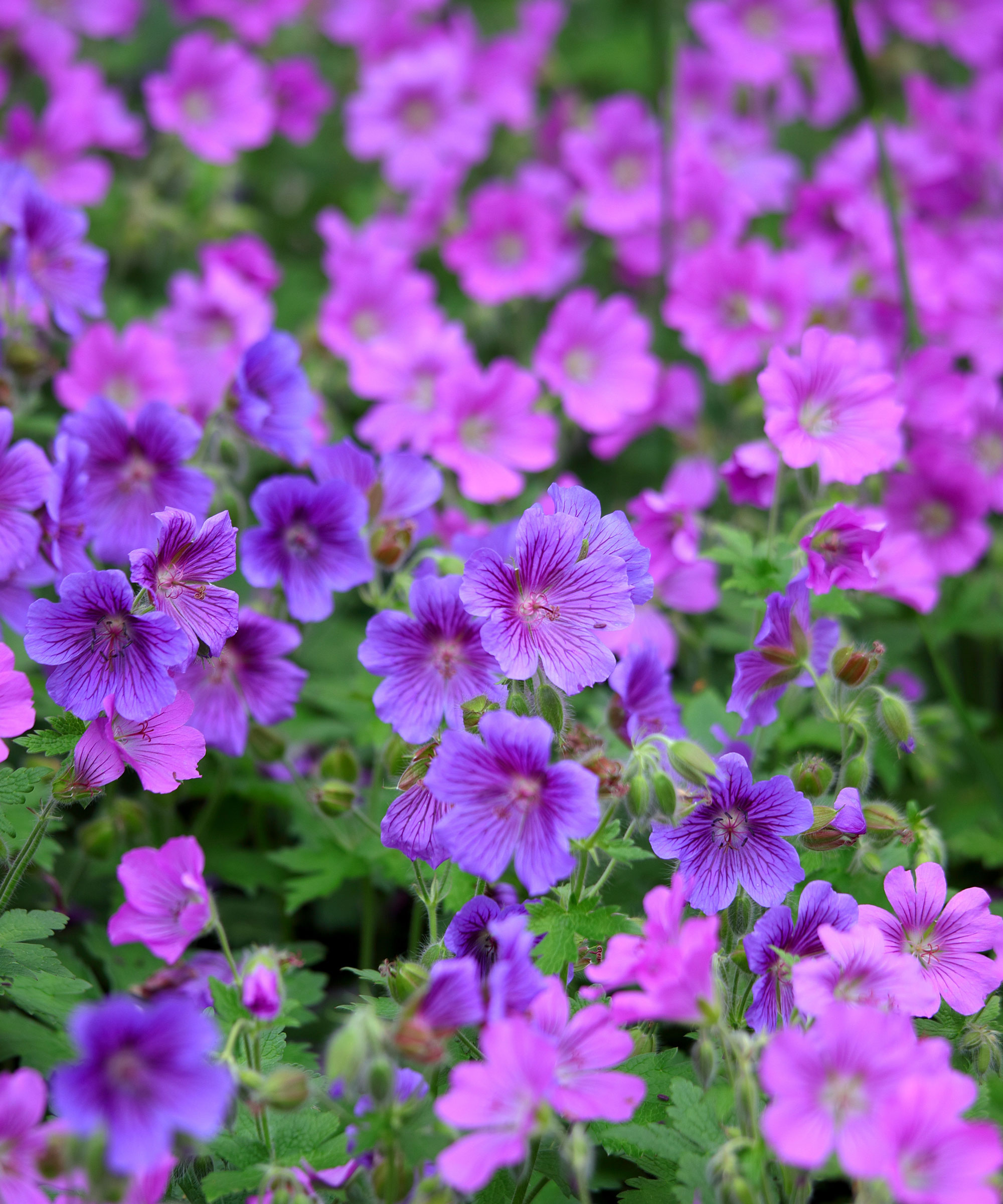
Leave hardy geraniums to their own devices as summer hots up, and they soon start to sprawl aimlessly, crowding out neighboring plants and generally getting quite thuggish. Once hardy geraniums (also known as cranesbill geraniums) have produced their first flush of flowers and the petals start collapsing, plants also get a bit straggly and messy.
If yours are anything like mine, untended hardies are prone to shower seed quite easily along pathways and paving edges – that is, if you give the seeds a chance to develop on faded flower heads. But if you’re willing to get snippy, you can help rejuvenate these long flowering perennials and prompt a generous second wave of color in warmer climates.
You can approach this in a couple of ways to get more flowers. Yes, you can deadhead the old flowers as you go along. However, for a more emphatic approach, cut back hardy geraniums to ground level after the first rush of color has exhausted itself – and before it has a chance to start shifting its focus to seed production. Go in hard, and you should see fresh green growth inside a fortnight, and a second wave of color as you head into September.
Sign up for the Gardening Know How newsletter today and receive a free copy of our e-book "How to Grow Delicious Tomatoes".
2. Yarrow
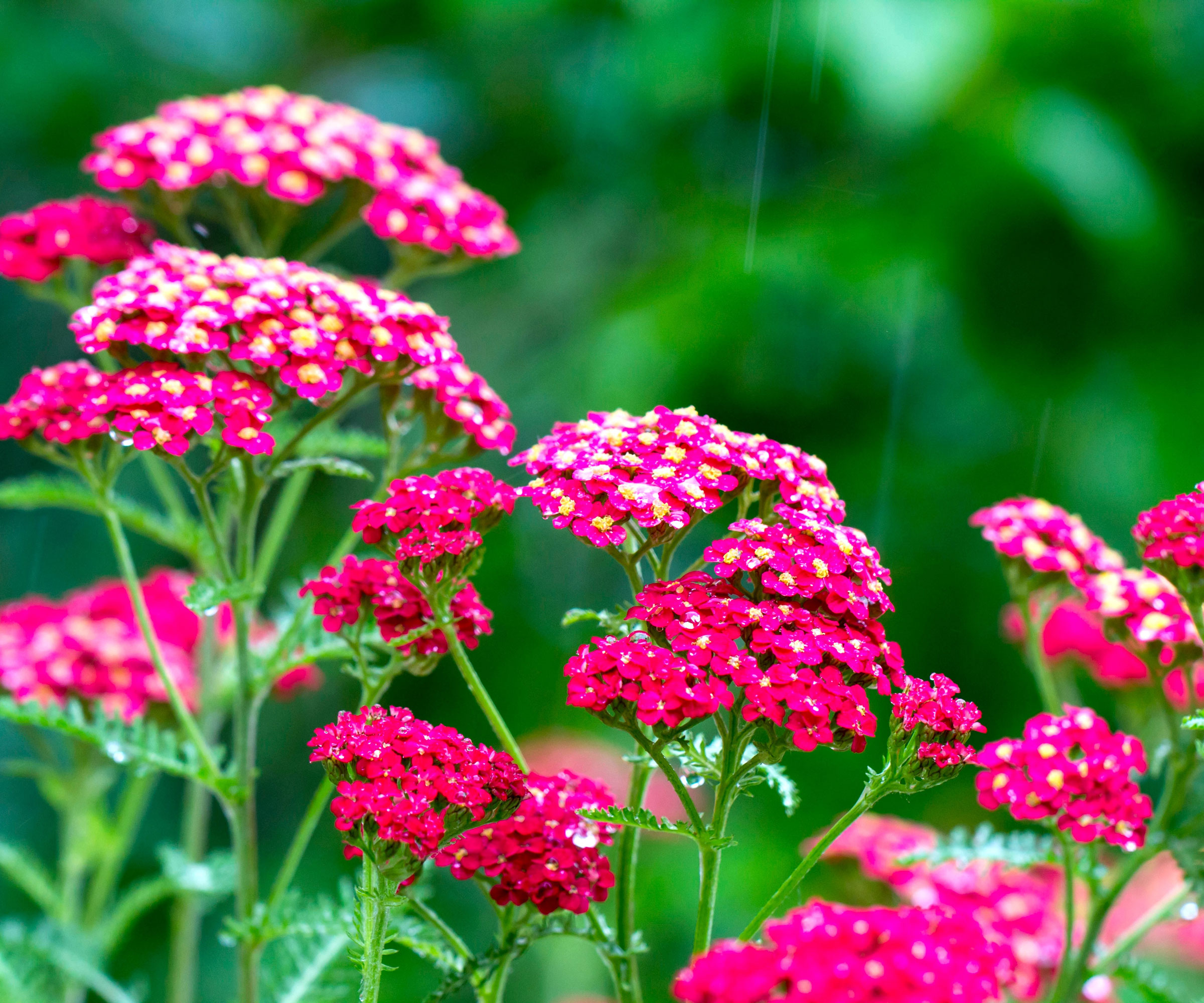
Frilly, fluffy yarrow plants (aka achillea) create easy sunny focal points dotted amidst larger border ornamentals and leafy plants. I like to think of them as the hundreds and thousands nestled in the summer trifle of your perennial bed – it’s amazing how many come back year after year, especially given their tendency to self-seed. However, instead of letting yarrow go to seed after their first flurry of color, it’s wise to cut back yarrow in summer to nudge them back towards another bout of floral fluffiness.
Once they’ve exhausted that first burst of blooms, they tend to look a bit straggly and the stems will start drooping. Look for side blooms poking their nose out from behind the faded flowers – then make a careful cut on the stalk just above where that second flower is nestled. You may also prune yarrow back to a point just above a fresh lateral bud. If you are growing yarrow in warmer climates and it’s had a few months to establish and get settled, chances are good that these well timed cuts will encourage that second flush along in time for a fabulous fall display.
3. Nepeta (Catmint)
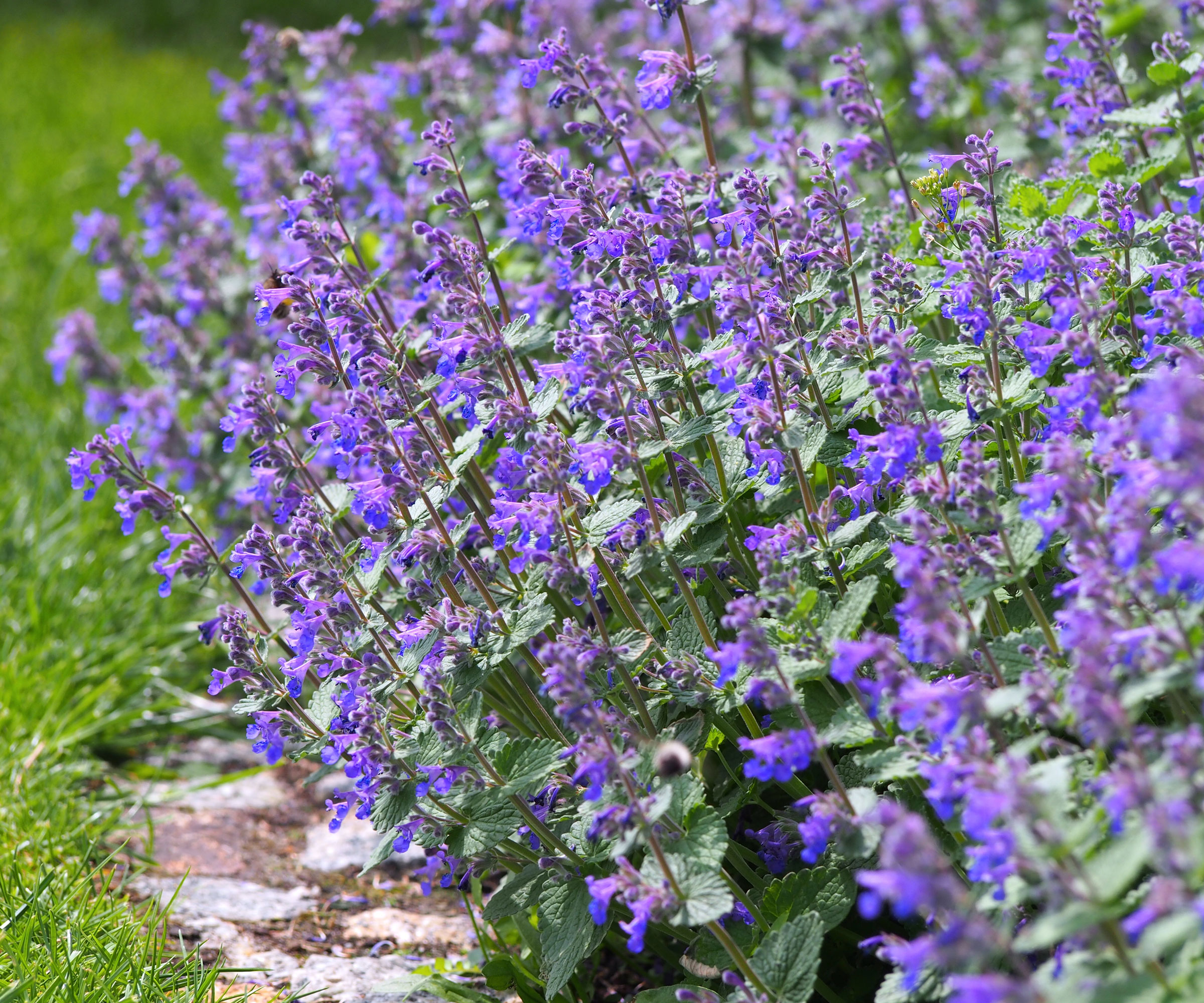
Cheerful nepeta is a lovely perennial to have around, happy in partial shade and poor soil. Equally buoyant when spilling out of containers or bobbling in summer borders, its easygoing nature is often irresistible to local felines, who may help you keep it in shape over the summer season by furtively nibbling on its leaves or rolling against its bushy masses.
If, however, you don’t have a cat to hand to help out on the gardening side, August is a good time to cut your plant back for another late season flush. Knowing how to cut back catmint for a second bloom is a breeze. Once the first pass of purple-blue flower spikes is dry and the plant is looking a bit floppy, cut down to the first side shoot for a late repeat bloom. It’s fine to chop off some foliage as well as the spent florals. Not only will a summer cut encourage a second flurry of blooms, it gives your catmint a pleasing compact shape.
4. Alstroemeria
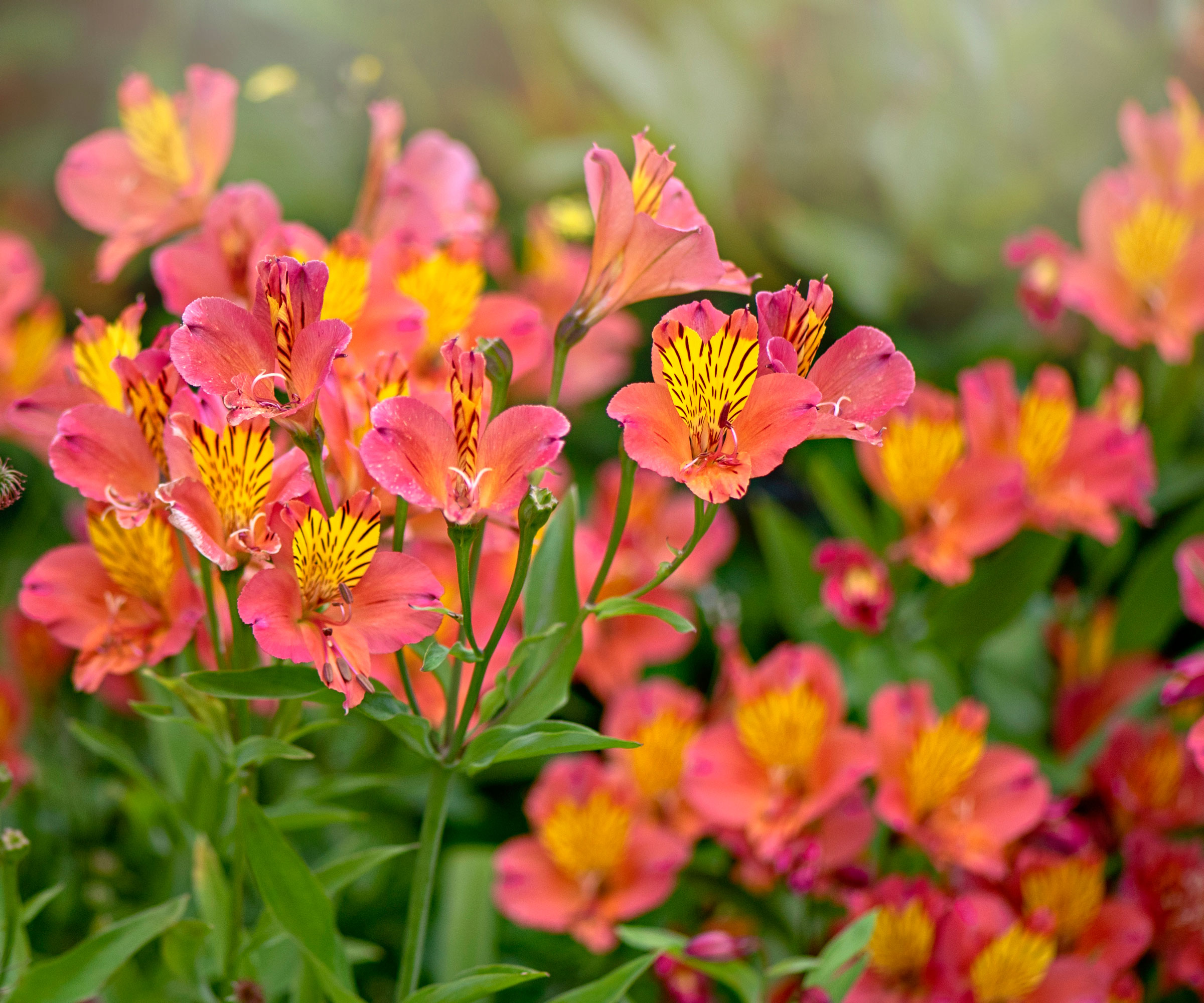
This one is a bit of a cheat, because it’s not so much pruning your alstroemeria in summer to get more flowers as it is just using your hands. The best way to get these gorgeous summer bloomers to produce a second flush is to give each of the old flowering stems a tug. Still, I’m going to include alstroemeria in this roundup on a technicality, because it’s still using manual intervention to rejuvenate your plants and encourage a second floral flush on the way into fall.
Getting rid of those first fading flowers is sure to perk up your Peruvian lilies and make the most of their capacity for a long blooming season. But rather than cutting back alstroemeria, gently grab the stem of the fading flower near the base and pull. You should be able to lift it out without too much resistance. If you see a bit of the root come up, don’t panic – that’s what you want to see. This is what stimulates the plant to kickstart that second flush of flowers which can last well into fall. You should see new stalks popping out of the ground inside a fortnight.
5. Lantana
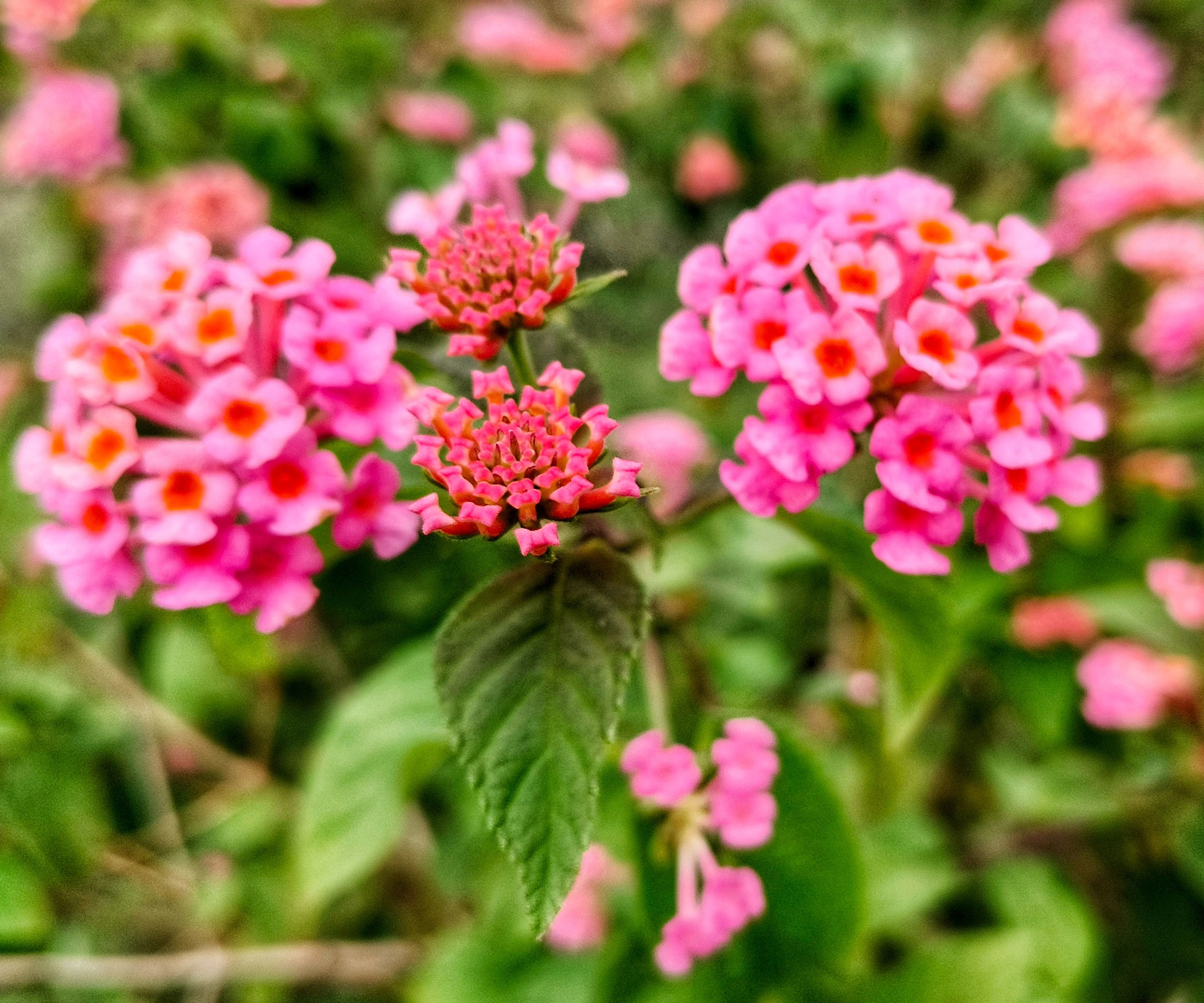
Lightness of touch is all important with pretty lantana – but it’s well worth reaching for the bypass pruner in August to give this mounding beauty a summer haircut. If you spy areas where the first flush is fading, snip off the top few inches of growth, removing both the old flower and the supporting stalk. Just this relatively modest trim fires up the plant into its next flowering phase. It also keeps plants healthy and promotes overall bushiness.
The timing of the second flush will depend on your particular lantana plant variety, but as long as you’ve kept your cutting fairly light and focused on the top few inches of the plant, you should find that new flowers arrive within a few weeks. The only other thing to bear in mind with your light pruning is to take care of the scratchy leaves – always wear gloves to protect your fingers, even if you are only cropping a few blooms with this August snipping session.
6. Hyssop Anise
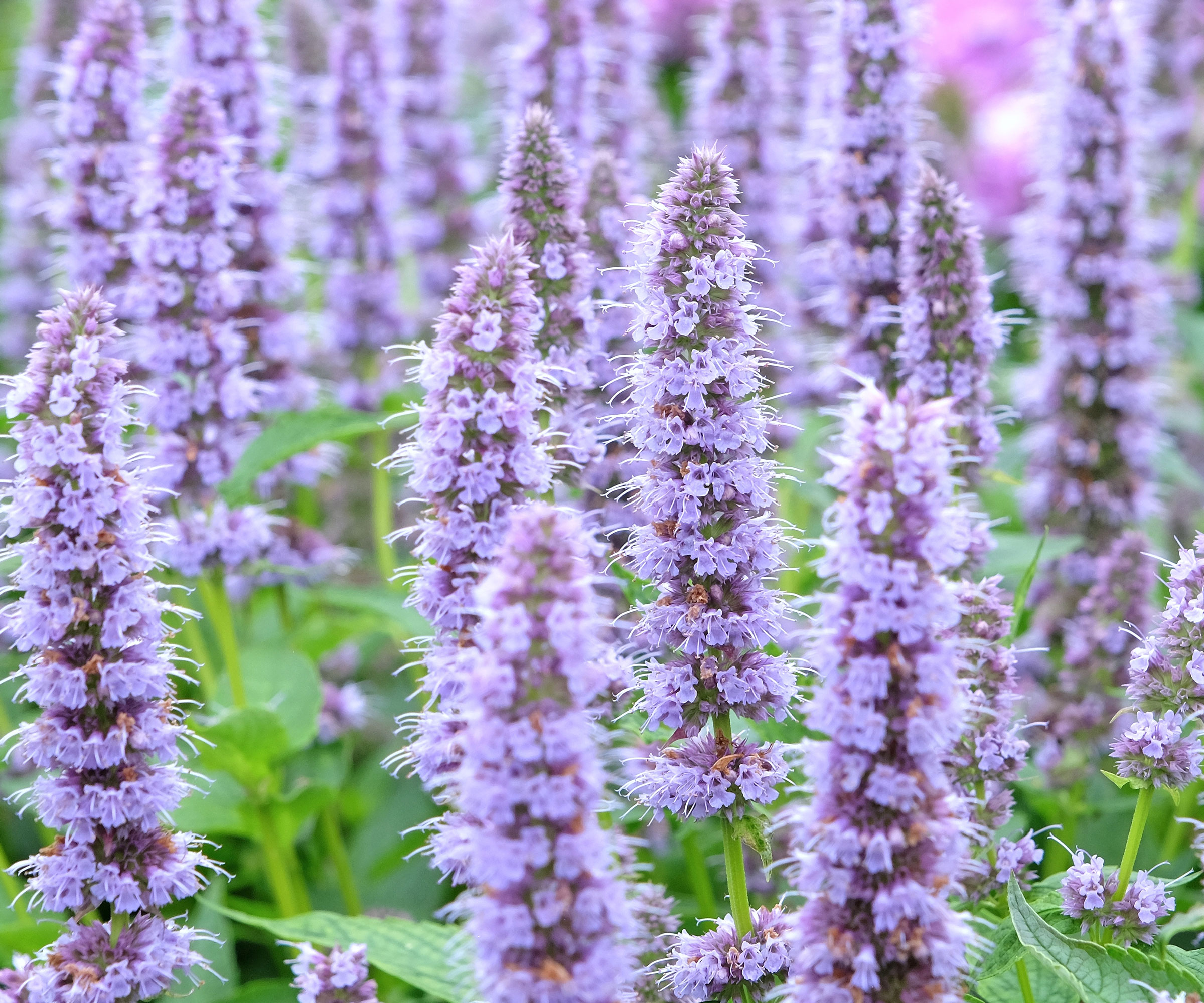
Agastache is an easygoing flowering beauty in a summer border. You won’t have to work too hard to get the most from this statuesque stunner, with its pollinator-friendly purple-blue floral spikes. Between those fuzzy-looking spires of flowers, and those enigmatic aniseed-smelling leaves, hyssop anise is a genuinely exciting perennial to have in your flower beds. Little wonder you’ll be wanting to chase that second flush.
A little patience is all that’s needed. You just need to make sure the current floral symphony is fully played out – you don’t want to deprive any passing bumbles and butterflies of a cheeky nectar hit. Once you’re satisfied that the first flush really is spent, give your hyssop anise a light trim. Depending on the health of the plant and the extent of the cut, you should see that second floral wave within a few weeks, heralding a new rush of purple blue blooms through September. And as a special treat, you can nibble on the seeds from the faded seedheads – those aniseedy morsels taste divine!
7. Lady’s Mantle
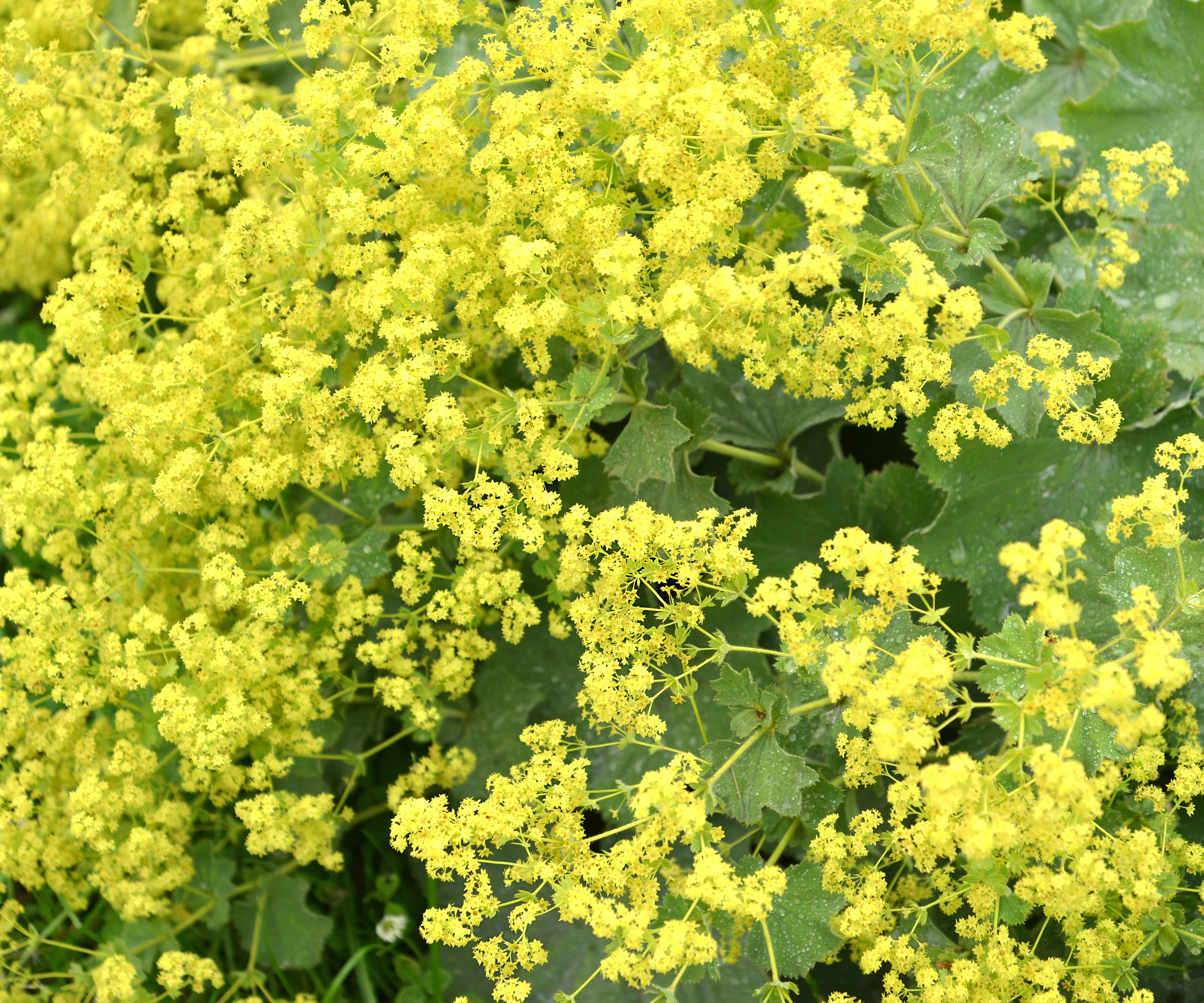
A few of these summer haircuts are admittedly a little on the gentle side – but with acid yellow-green bloomer alchemilla, you can go in hard for a more pronounced buzz cut. Those bright bursts of fluffy chartreuse blooms will be starting to look a little tired by mid-summer, so August is your chance for a satisfying slice. You can afford to cut your Lady’s Mantle plants back by around half their size midsummer, especially if the foliage is also looking a little weatherworn after weeks in the summer sunshine.
Depending on the overall vitality of the plant, you could even cut back more than half – use your instincts to guide you. If the structure of the plant is looking a little saggy, that should be your cue. Don’t worry about cutting back to the base. The effect of a hard prune is to shake this elegant perennial out of its summer stupor, prompting a delightful second flush of both new velvety leaves and eyeball-tingling greeny yellow blooms as summer trails into fall.

Janey is a former assistant editor of the UK’s oldest gardening magazine, Amateur Gardening, where she worked for five years. For the last few years, she has also been writing and editing content for digital gardening brands GardeningEtc and Homes & Gardens. She’s taken part in a range of conservation and rewilding projects for the Royal Horticultural Society (RHS) and the British Trust for Conservation Volunteers (BTCV) as a way of exploring her horticultural horizons. She is currently undertaking her RHS Level 2 certificate in The Principles of Plant Growth and Development.
- Amy DraissDigital Community Manager

